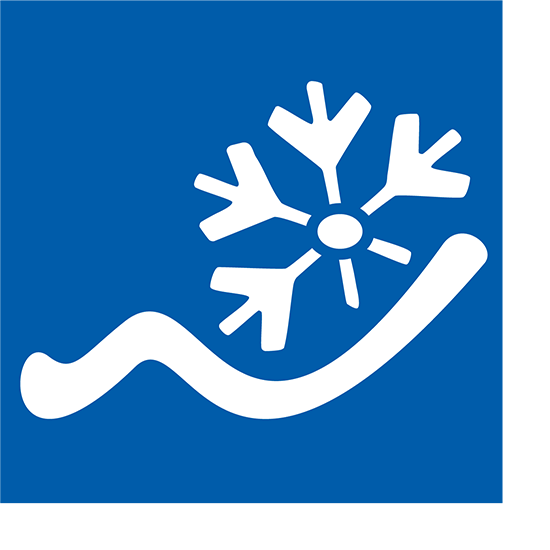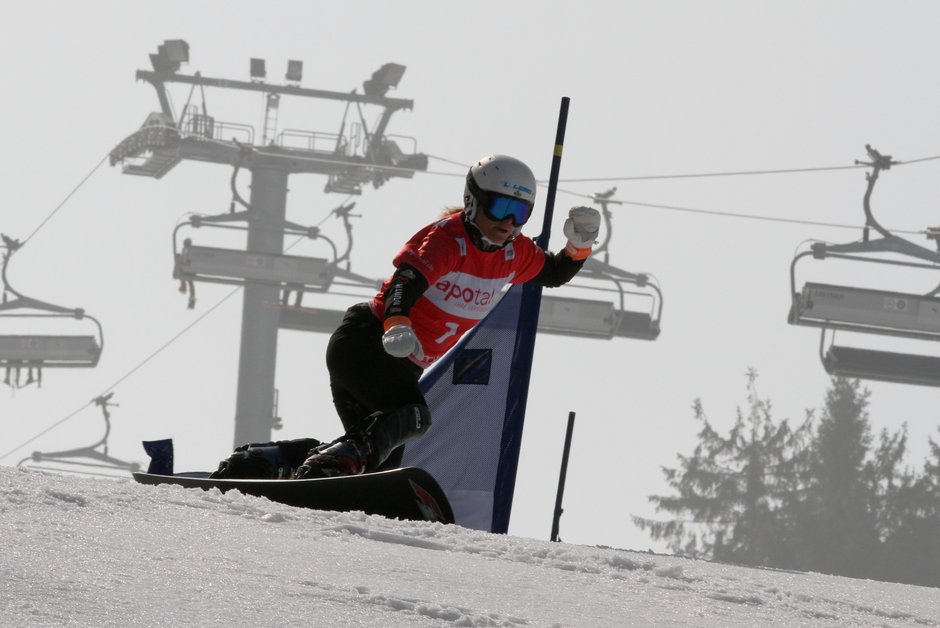
How does slope maintenance work ?
And what does it do ?
The slope should be nice and smooth, firm but not icy. A lot of know-how, even more experience, and perfect interaction between snow master and snow groomer operator are necessary to ensure the best slope quality and durability of the valuable raw material snow. A whole fleet of these high-performance machines is on the road in the ski resorts in the evening hours.
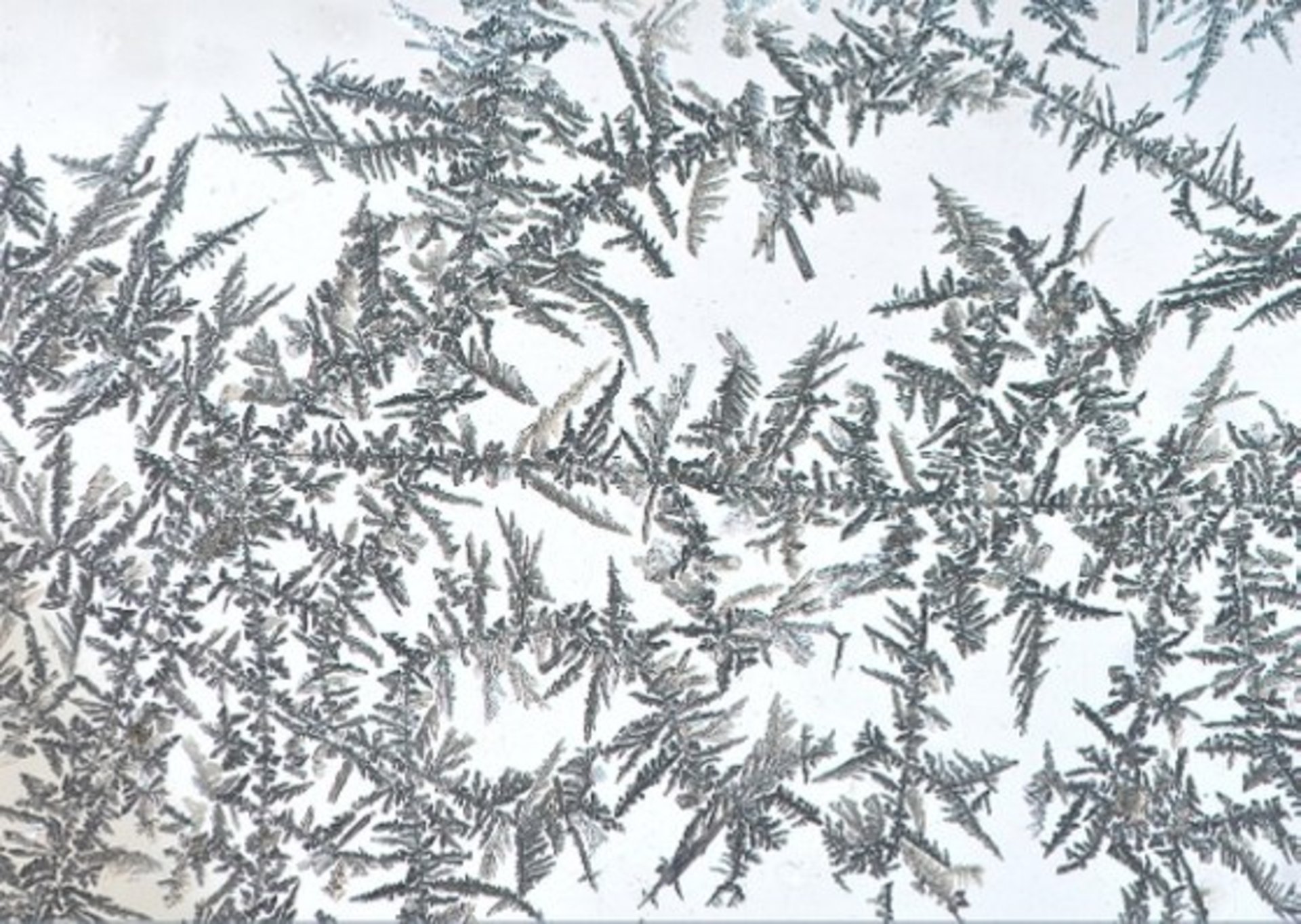
Solid slopes: The sintering
The term sintering stands for a process from metal processing. In terms of snow, this means that smaller ice particles combine to form larger units. In the process, dislocations in the crystal structure that occurred when snowflakes met disappear. Processes take place in which the ice crystals melt together, i.e. sinter together.
Physically, each snowflake strives for the spherical shape in order to minimize its interface in this way. Once the snow has landed, the flakes still touch each other quite loosely. Soon the snow collapses a little under its own weight. The touching crystals recombine, releasing interfacial energy into the surrounding environment. The snow solidifies and cools down in the process
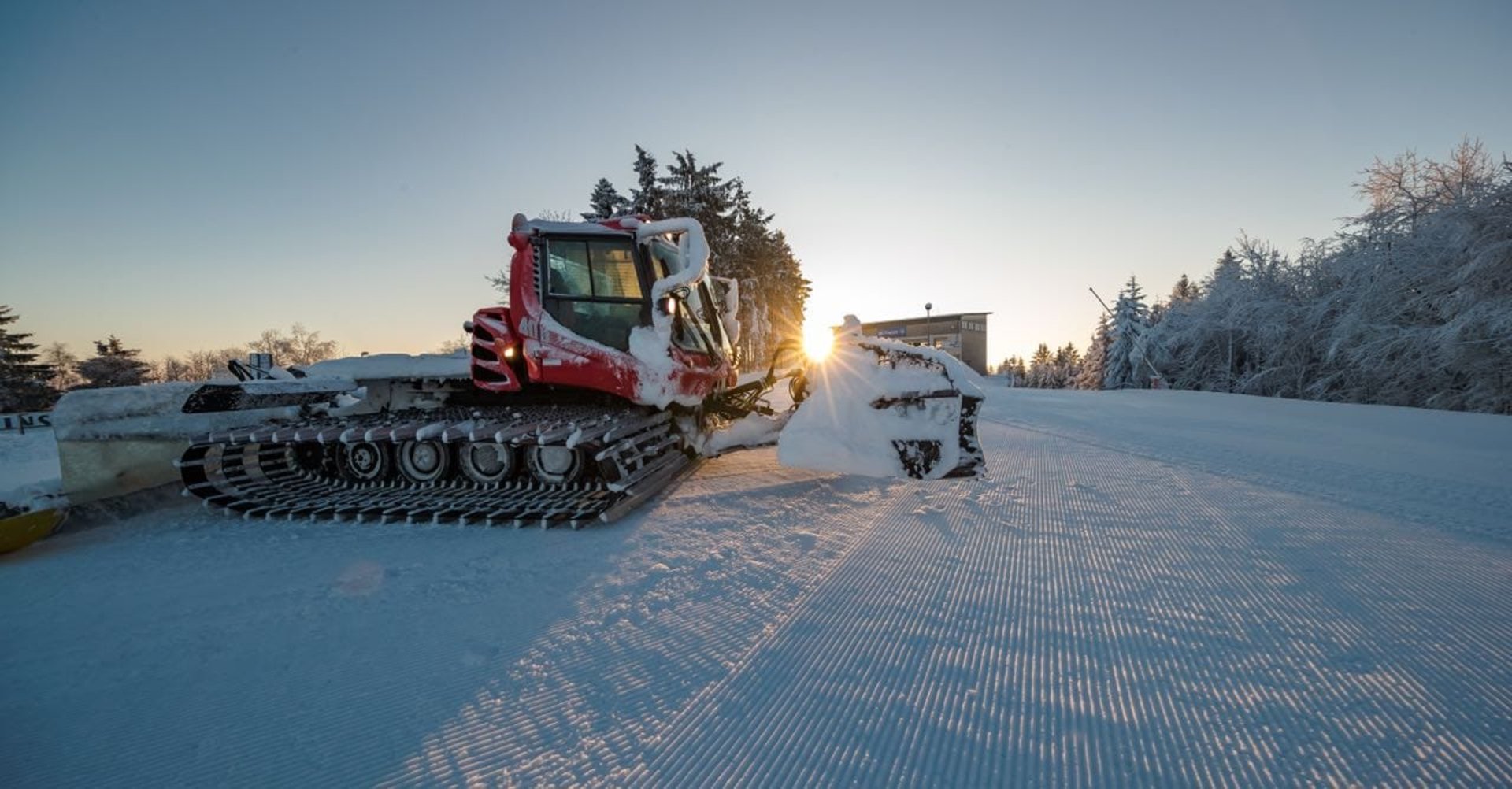
A slope must rest for eight hours
The closer the temperature is to zero degrees, the more likely the snow is to sinter. At very low temperatures, the process runs less well. In addition, shape, size and size distribution influence the sintering process. Natural snow sintered differently than coarse-grained, technically produced snow. Medium to small grains down to dust grain size are optimal. This is because they can "grow together" at many points. However, this process takes time. To become solid, a slope needs about eight hours of sintering time.
This is necessary because otherwise the snowpack is not resistant enough and cannot withstand the stresses of skiers, temperature and weather conditions in the best possible way. The "resting" of the slopes is necessary after every slope preparation.
Push, loosen, compact
A piste roller ensures that the snow is given the consistency in which it can sinter quickly and well. With the help of the blade, high-horsepower piste rollers bring snow that skiers carry downhill during the day back up the slope evenly. The dozer itself has some compaction effect. However, the tiller is particularly important. It reaches up to ten centimeters deep into the snow and transforms ice lumps and even icy surfaces back into a fine powder. At the end, plates press everything back on to create a nice, grippy, resistant slope. Speed, milling depth and contact pressure must be perfectly coordinated.
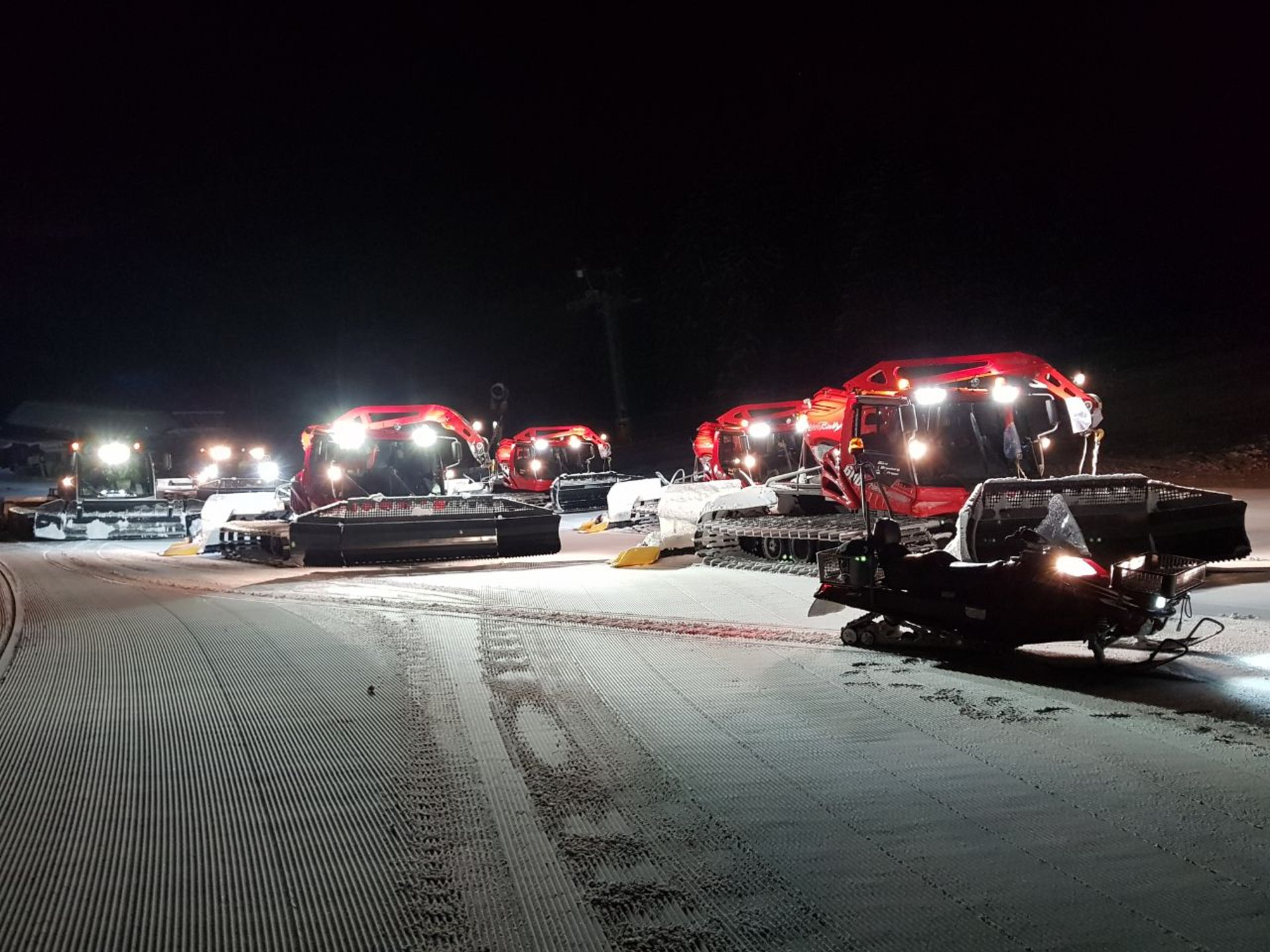
The right time to prepare
The best time to prepare is just before freezing. If grooming is done too early, the water will reach the surface. The slope becomes icy. If the snow is not groomed until it is already frozen through, the grains will be too coarse. The snow can sinter poorly. Usually, the piste rollers are active in the evening hours. If there is fresh snow, they usually groom again in the morning hours. Between daytime operations and floodlighting as well.
Three points need to be considered to decide when to groom: whether the snow is dry or wet, whether it will cool or warm in the next few hours, and whether there will be more precipitation in the next few hours. The best time is in the evening. If the air cools overnight, grooming must be done as early as possible. If warming is imminent, it may make sense to wait. This is because soft snow is easier to work with than very firm snow.
Even the best preparation has limits
It is difficult when snow has fallen during the night. Because no matter what the decision is, there will be unsatisfactory results. Since the sintering time cannot be maintained until the start of daytime operation, the slope is not robust enough. If not groomed, skiers would have to move in loose fresh snow, making the slopes slow and difficult to ski. An unsolvable challenge.
Hardly anything can be improved by grooming in very soft, wet snow when there is no cooling in sight. Because then consolidation is not possible. After just half a day, the slopes are already very stressed. In such situations, therefore, the decision is made not to groom, so as not to further loosen the snow. This would make skiing even more difficult than it would be without grooming.
Piste grooming is a kind of science. The pisterollers in the ski resorts are experienced experts who go to work with a great deal of know-how and try to produce the optimum result for the guest in every situation.
